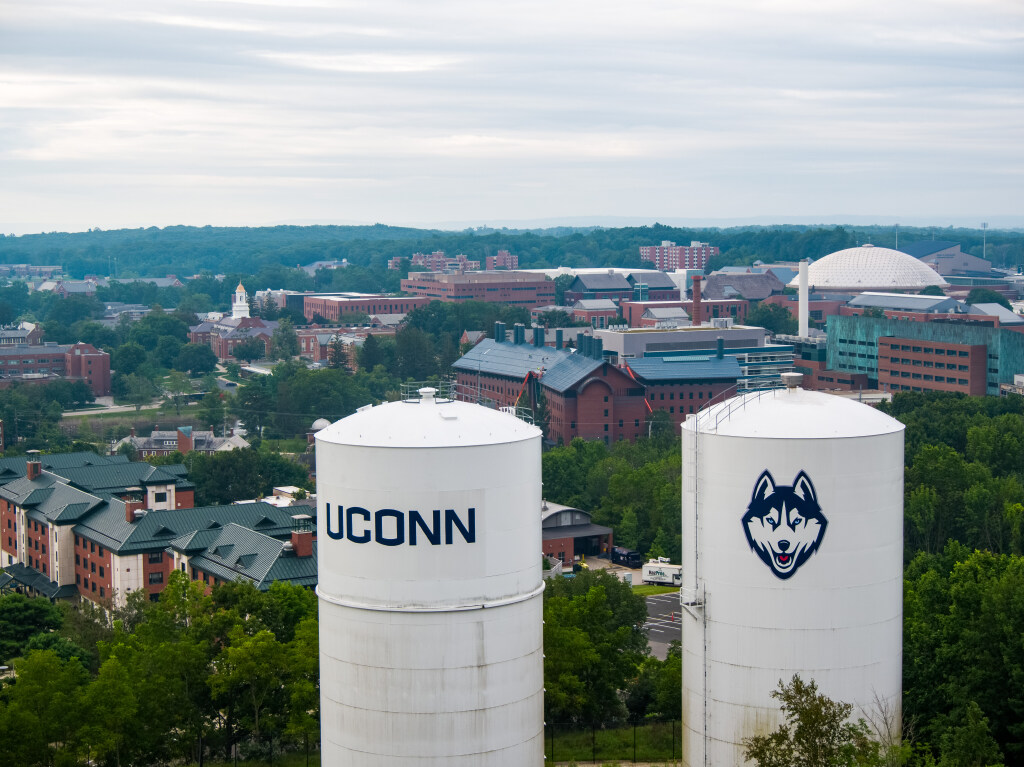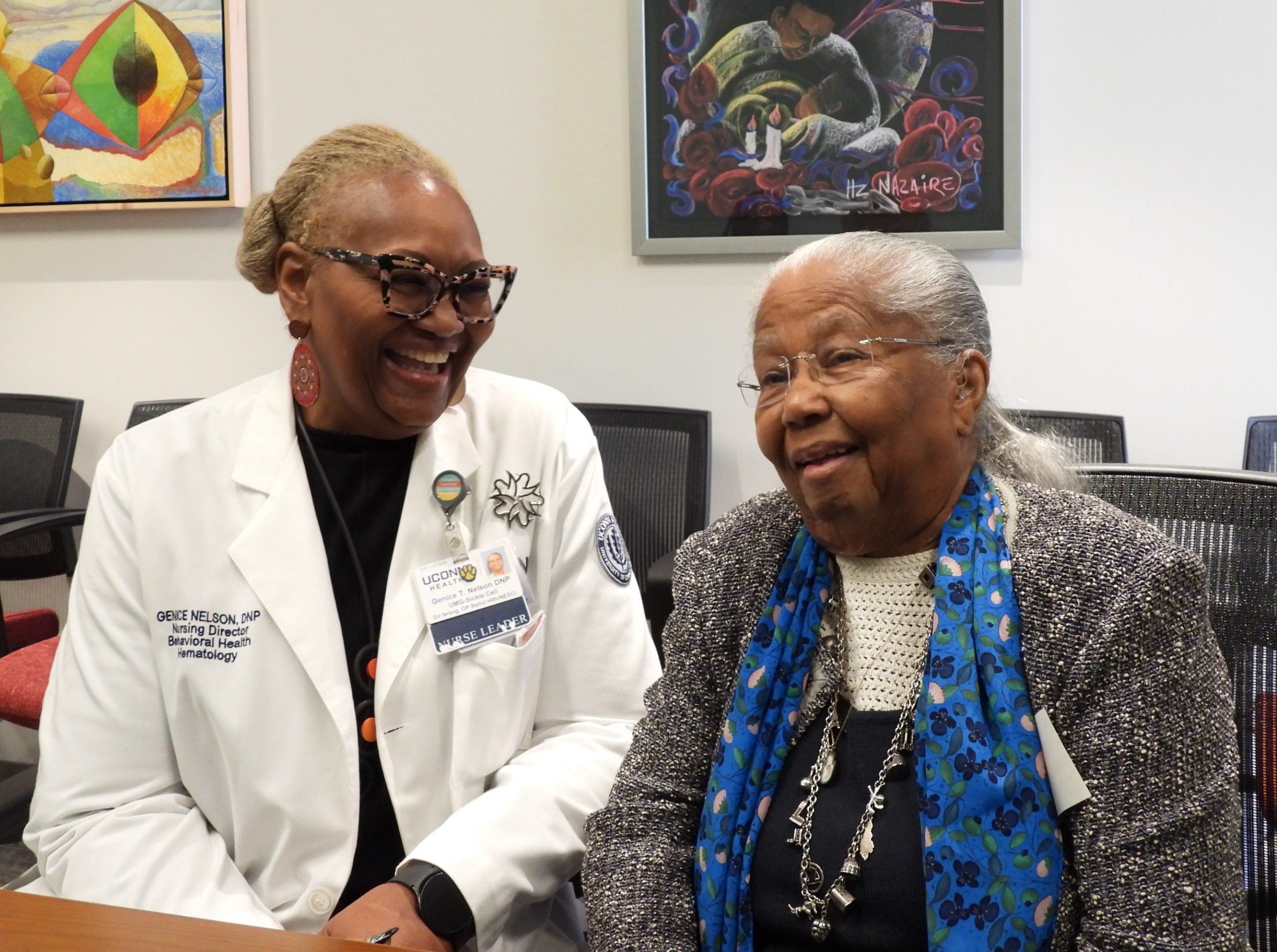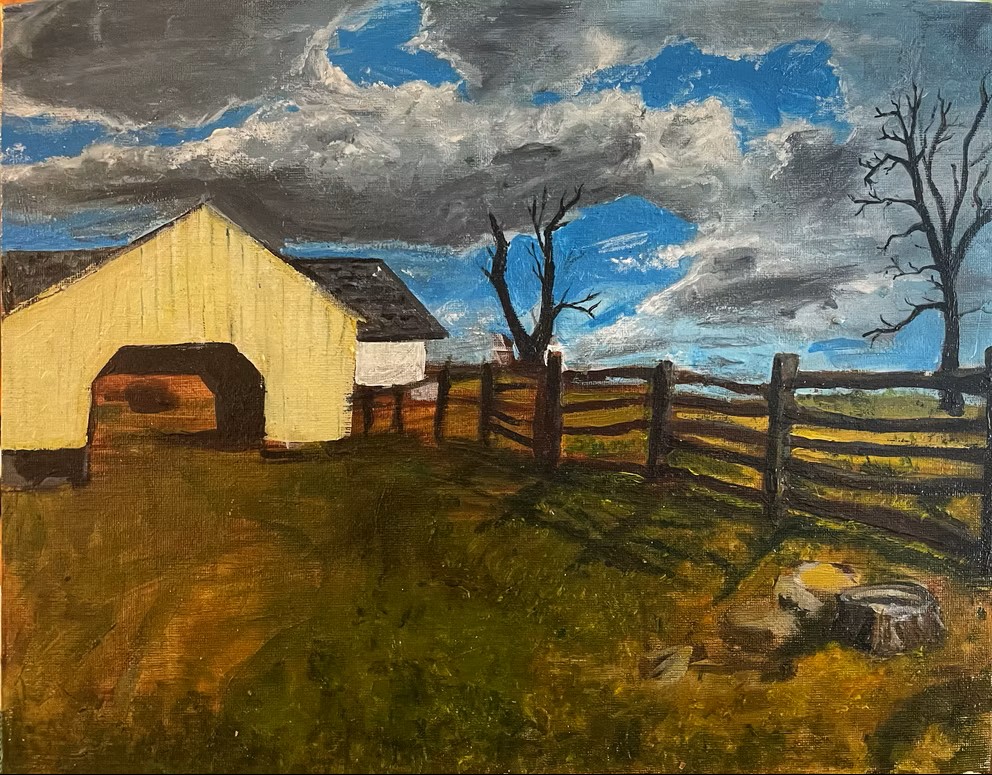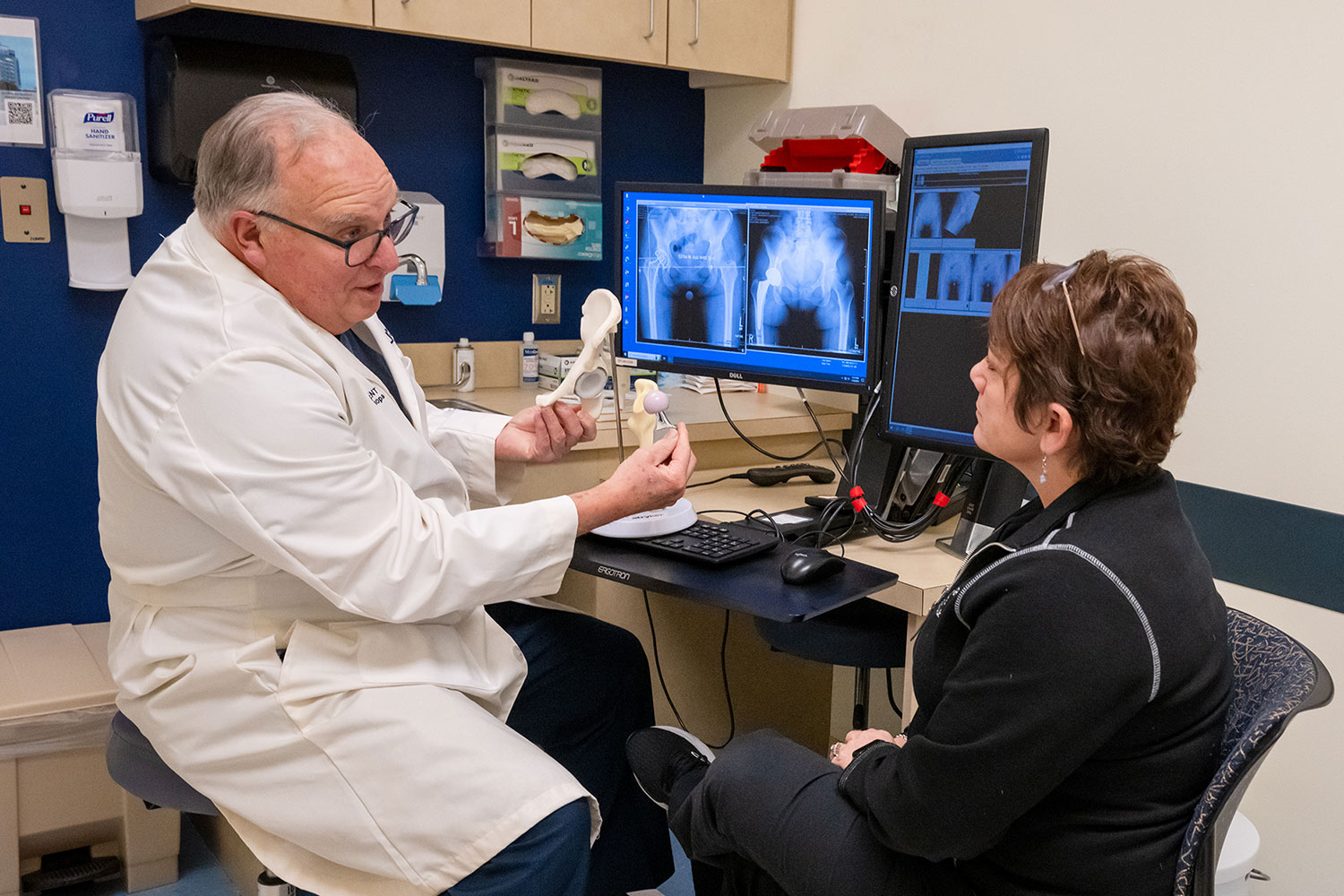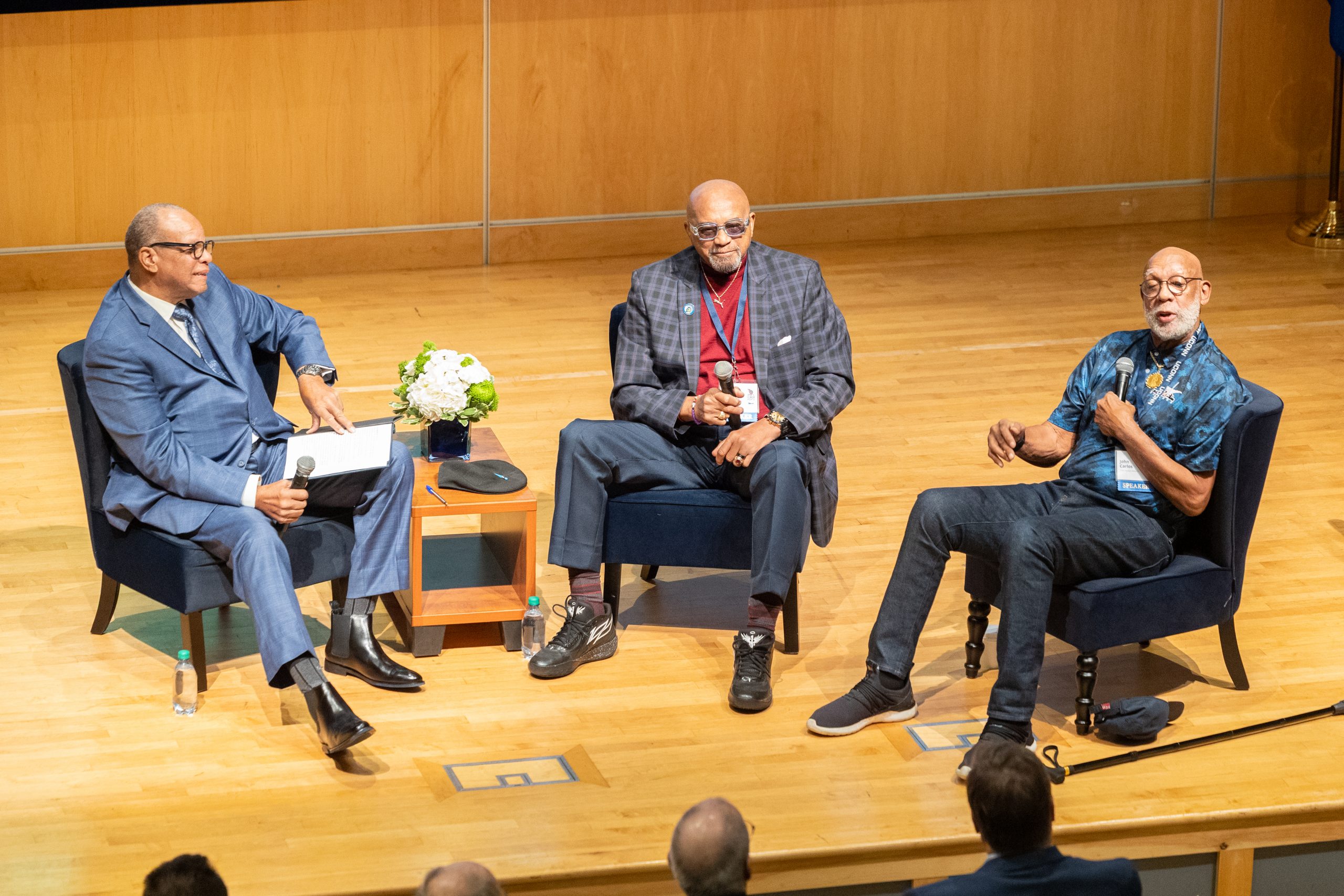‘Black Hole Archaeology’: Understanding How Black Holes Gained Their Mass
University of Connecticut Physics Ph.D. student Logan Fries detailed exciting findings about nearby black holes at a press conference on Tuesday, Jan. 14 at the 245th meeting of the American Astronomical Society in National Harbor, Maryland. Fries’ presentation, titled “Black Hole Archaeology: Mapping the Growth History of Black Holes Across Cosmic Time,” details his research measuring the spin of black holes, revealing that most have gained mass through accretion-driven processes rather than merger events.
“We’ve begun a very ambitious new project investigating spinning black holes from the universe as it is today and as far back as little over seven billion years ago,” says Fries, who is a student in the lab of UConn Department of Physics Associate Professor Jonathan Trump.
This subject has not been well-studied until now, says Fries, due to the need for detailed measurements of black hole mass, but thanks to the Sloan Digital Sky Survey Reverberation Mapping project (SDSS-RM), an international collaboration of researchers Fries and Trump are a part of, these detailed mass measurements have already been made for hundreds of black holes.
“I have read research papers that examine black hole spin, theoretically, from the lens of like black hole mergers, and I was curious if spin could be observationally measured,” says Fries.

At the center of a black hole, there is an accretion disc where matter collects as it falls into the black hole. Mass and accretion rate measurements can give insights into the history of the black hole, but the most challenging aspect to measure is the spin of black holes. Fries explains the technique used for this study relies on measurements taken from a region of the accretion disc called the innermost stable circular orbit, or ISCO region.
“This is where material like gas is orbiting and being accreted and eventually will fall in and be eaten by the black hole,” he says. “I call this ‘black hole archaeology’ because we’re trying to understand how the mass of that black hole has grown over time. By looking at the spin of the black hole, you’re essentially looking at the fossil record. For example, if a black hole from birth until now has only been accreting material in an ordered disk, then it will spin up rapidly, but if two galaxies merge, then their random orientations will lead to a subsequent merged black hole with low spin.”
There are black holes at the center of every galaxy, says Fries, and the prevailing idea for how galaxies grow over time is through galaxy mergers. So, we should be seeing low-spinning black holes nearby in the universe.
“The beautiful thing about black holes is they seem so exotic but if you just understand the mass and the spin, you can completely describe that black hole with just those two numbers.”
UV optical measurements of the supermassive black holes were taken using the Galaxy Evolution Explorer (GALEX) and Panoramic Survey Telescope and Rapid Response System (Pan-STARRS). One tricky aspect of this work is that black holes can vary between measurements as the conditions can change quickly, so this kind of work requires observations and measurements taken quickly in a short period of time, over the course of 10 days to ensure they are contemporaneous, says Fries,
“That way we can assume that these measurements reflect the black hole at the same period of time, before it has the chance to get brighter or fainter.”

The researchers then made an accretion disc model that takes the mass, accretion rate, and spin as input parameters to create “spectral energy distributions” or SEDs, which are models that depict how bright the black hole is at certain wavelengths of light. They then use multi-parameter nonlinear regression to fit the UV and optical part of the SED to the data to constrain the spin of the black hole.
Fries says the main takeaway from this work is that they found a large amount of rapidly spinning black holes in the nearby universe:
“This is counterintuitive to what we would expect with our idea, as a field, about the growth of galaxies and the growth of black holes through galaxy mergers, and that should lead spin down in black holes. Understanding how exactly black holes have formed and grown over cosmic time gives us valuable insights about galaxy evolution, accretion physics broadly, and cosmology. This is especially important since the James Webb Space Telescope has been finding supermassive black holes that are more massive than we would expect at that time in the universe.”
Fries has always been interested in physics and astronomy and came to UConn in Fall 2019 to pursue his Ph.D. He expects to receive his degree in the Spring of 2025.
This work has been supported by NSF CAREER-1945546, AST-2009539, and AST-2108668.
Latest UConn Today
- Two UConn Students Chosen as AFPE Pre-Doctoral FellowsUConn Pharmaceutical Sciences Ph.D. students, Liam Carman and Luke Burroughs, have been named 2025-2026 pre-doctoral fellows by the American Foundation for Pharmaceutical Education (AFPE) for their research.
- Meet Jean: A Lifetime Giver on a Mission to Always Help OthersJean Martin has enrolled in a new UConn Health clinical research study to help enhance the future care of sickle cell disease patients.
- Misunderstood Monsters: Tales of Horror Are Far More Than Blood Splatter and Gore'There’s just tremendous beauty and art and intelligence behind the greatest films in any category. Why do so many critics plug in the worst horror films for all horror?'
- Professor: Supply Chain Management Can Strengthen Connecticut’s Vital Manufacturing SectorIn Connecticut, the demand for supply-chain managers has increased 52% in the last five years
- UConn John Dempsey Hospital Recognized for Exceptional Clinical PerformanceSepsis, pneumonia, hip fracture care, and GI surgery earn 5 stars from Healthgrades
- Being Seen, Feeling Seen: Summit Examined Complicated, Far-Ranging Intersections of Sport and Human RightsHuman Rights Summit features perspectives from athletes, academics, and industry experts








